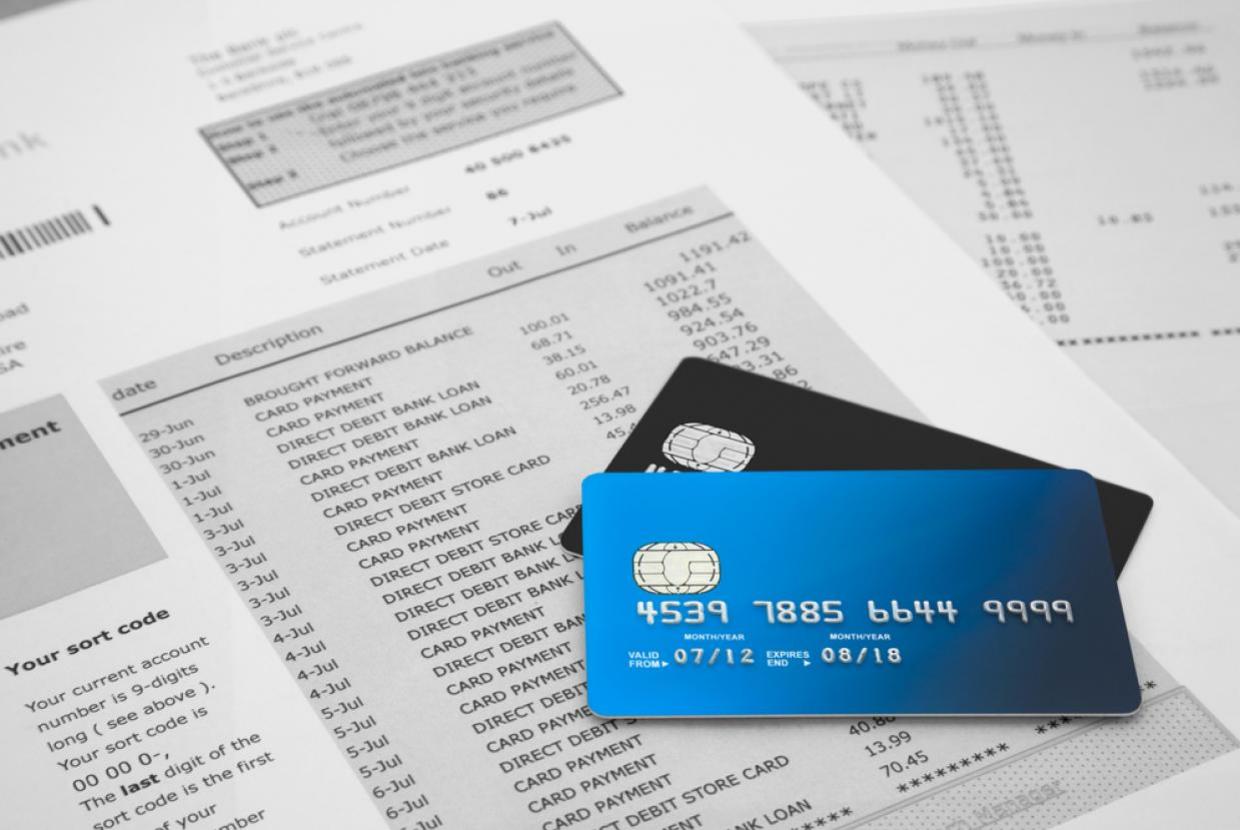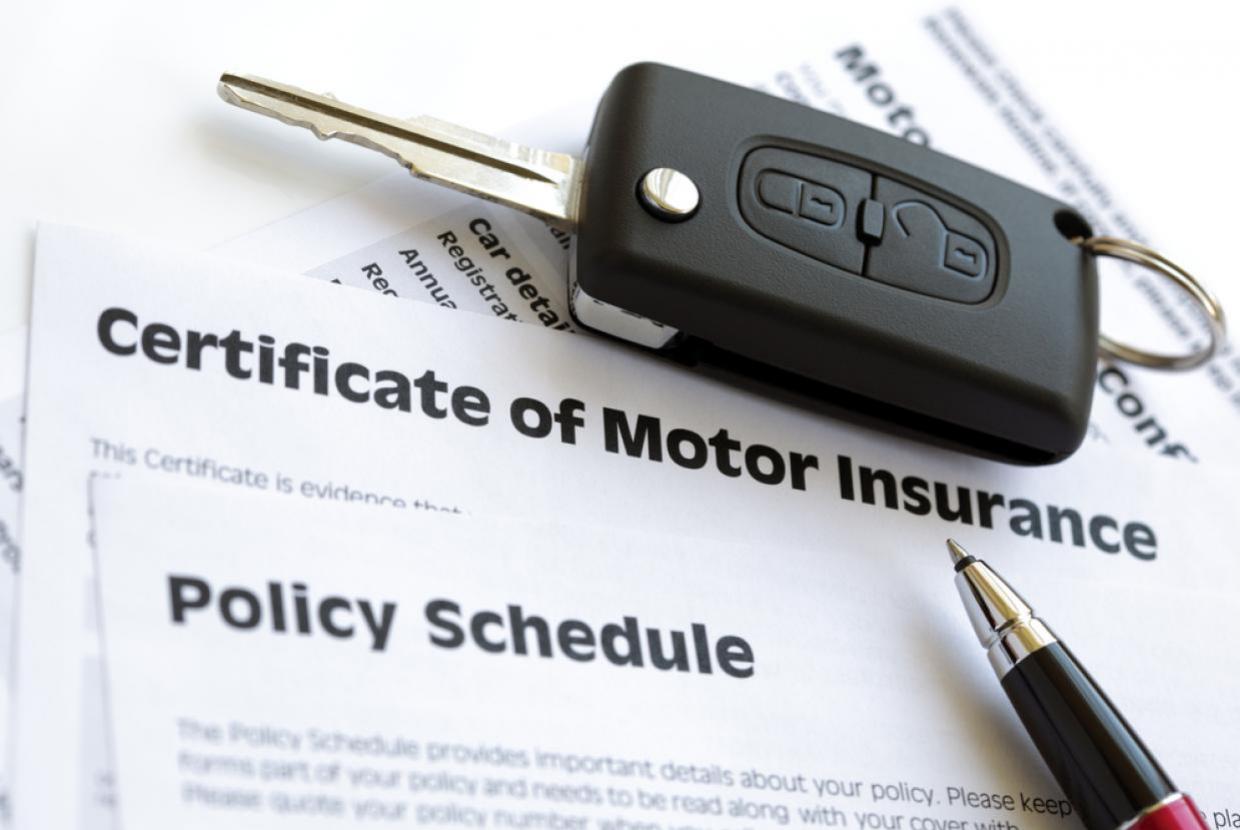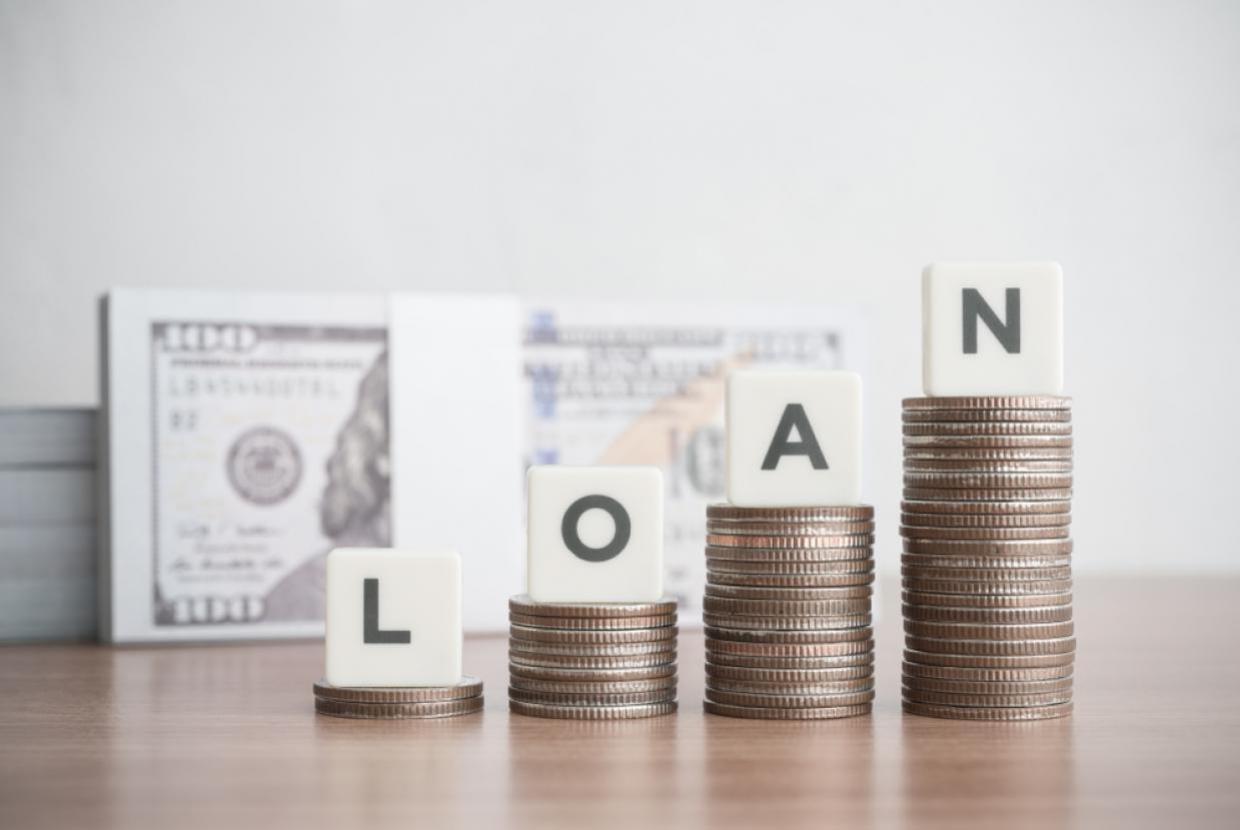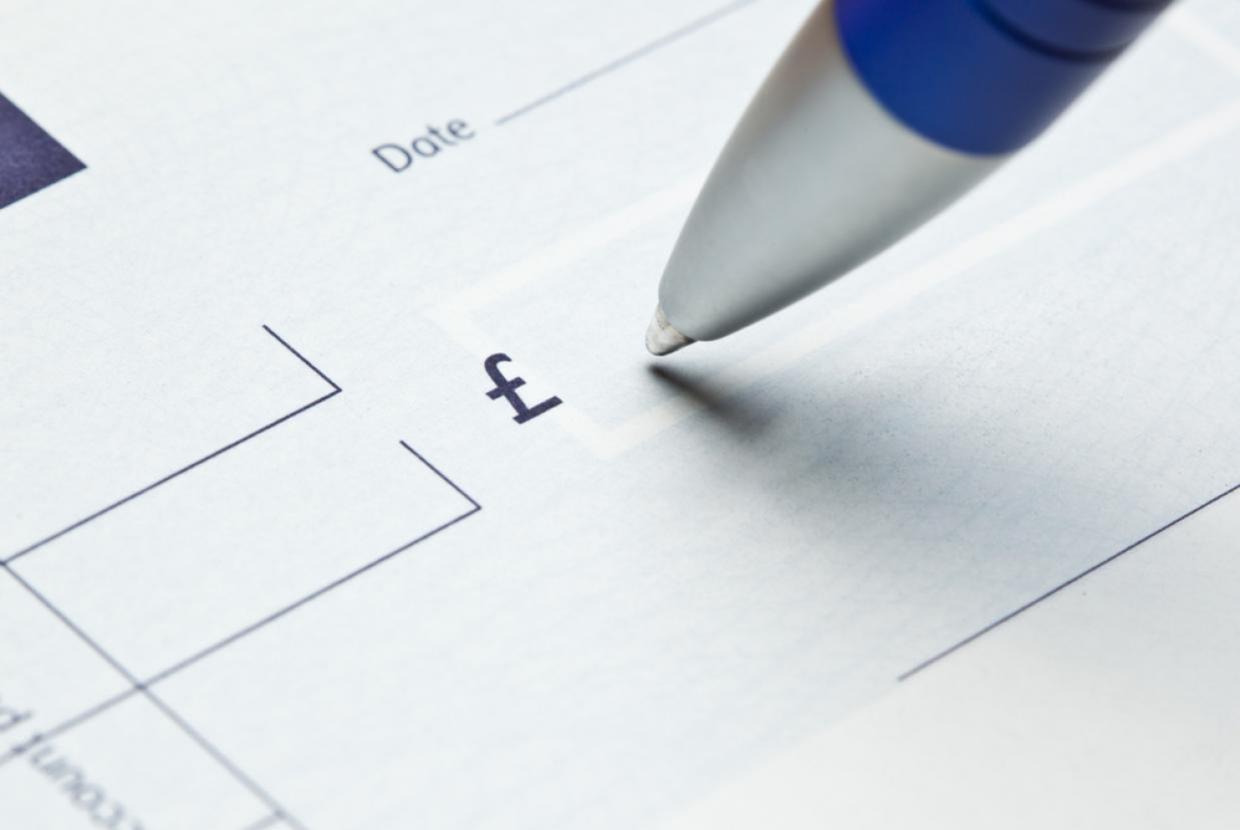How To Find The Top Savings Accounts
Managing Your MoneyWant free money? Simply move your savings to a better interest rate. It’s usually very easy, risk-free and you’ll be quids in.
How to boost your interest rate
Interest rates have shot up over the last couple of years – top rates are now ten times higher than they were. Yet to get them you usually need to move your money.
Here’s how:
- Check what your savings currently pay. You can usually find the rate and if there are any restrictions or penalties for withdrawing cash:
- via online and mobile banking
- checking statements
- Compare against the top paying accounts:
- Choose a new account to open. Most of the top rates are available to open online and can often be opened in a few hours.
- Move your money. Use your new account details to transfer or pay in money.
If you have a fixed-rate savings account or bond, you’ll usually have to wait until it matures (ends) before you can do this. Other types of account should let you move money more freely, but always double check before starting.
Be prepared to move your money again
The top savings rate can change several times a day, with different banks competing to be the best. So it’s a good idea to regularly check if your rate is beaten elsewhere.
Your bank might not increase your rate automatically
Even if you spot your bank as the top payer, you might still need to act. While some banks have one interest rate for all customers, others create new ‘versions’ so only new customers (or existing customers that ask) get the higher rate.
Help finding the best savings account for you
Here’s some extra help if you’re new to savings or not sure where to start.
Before choosing an account
Three key things to check first:
1. Do you have any debt? Borrowing usually costs more than savings will pay, so any spare money is usually better spent clearing debt.
2. Will you pay tax on savings interest? Most people can earn a certain amount in savings interest each tax year (6 April to 5 April) without paying tax, based on your annual income.
If you earn:
- up to £17,571, you can earn up to £6,000 in savings interest tax-free
- £17,571 to £50,270 you can earn £1,000 in savings interest tax-free
- £50,271 to £125,140 you can earn £500 in savings interest tax-free
- over £125,140 you’ll pay tax on all savings interest.
Interest is counted in the tax year you can access it, which might not be the year you earned it.
This is a very simplified view, so read full information in how does tax on savings work. For example, these limits are higher if all your income is from savings interest.
3. Do you have more than £85,000 to save?
If you do, it’s safer to spread your money across different banks. The first £85,000 per person, per banking group is protected, so you’d get your money back if a bank were to fail.
Types of savings account
Which is best will depend on what you want to do:
Pay in and withdraw money whenever
- instant and easy access – if you get certain benefits, check out the Help to Save scheme as it gives a 50% bonus
- easy-access cash ISA – all interest is tax-free, you can save up to £20,000 before 6 April
- Premium Bonds – no interest, instead you’re entered into a monthly prize draw.
Work around restrictions to maximise the return
- Lifetime ISA – offer a 25% bonus on savings used for retirement or buying a first home, you need to be aged 18 to 39 to open one
- regular savings – let you save a set monthly amount in return for a higher interest rate, but you might not be able to withdraw money
- fixed rate savings bonds – guarantee an interest rate for a set period between six months and seven years, but you can’t withdraw your money until the end
- fixed rate cash ISA – a guaranteed interest rate between one and five years, interest is tax-free and you can usually withdraw for a fee
- notice accounts – to take out money you’ll usually need to give between 30 and 120 days’ notice.































